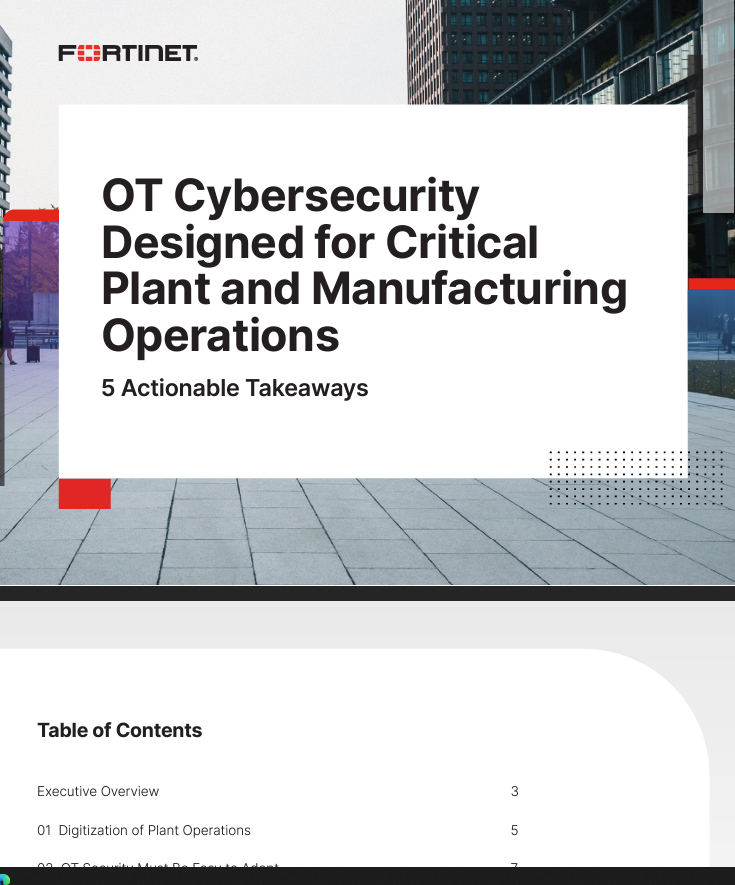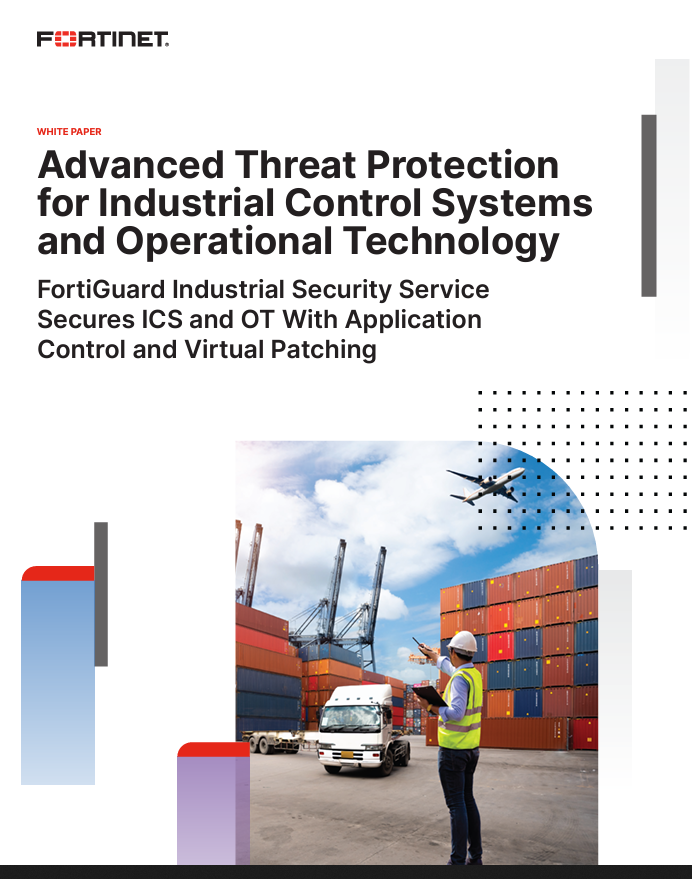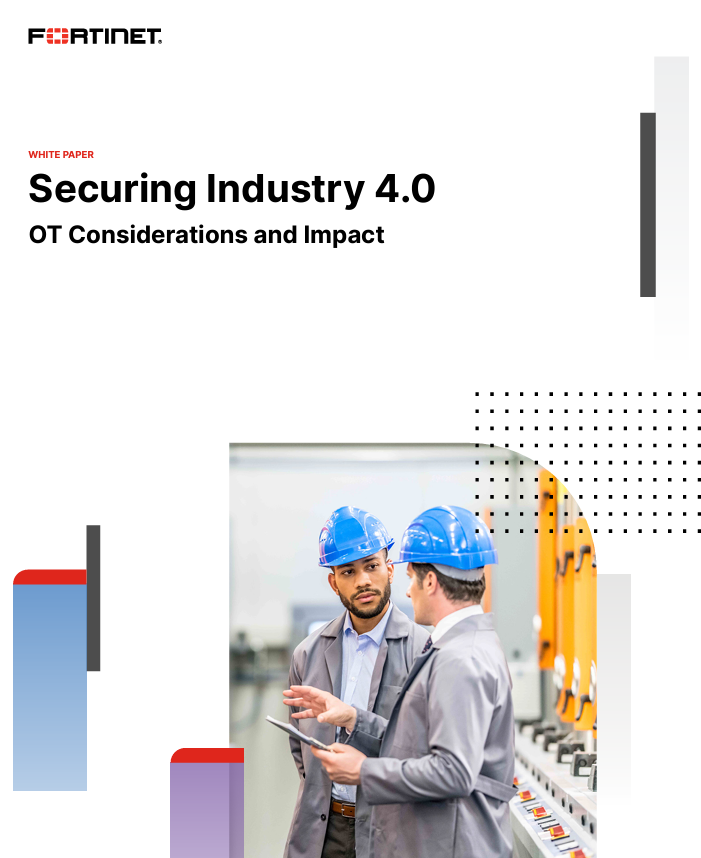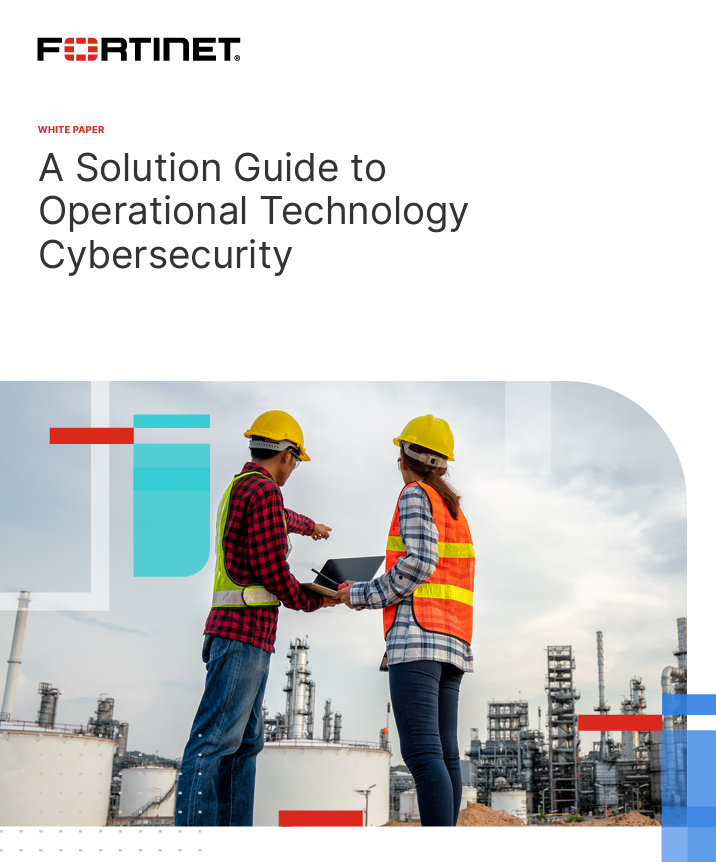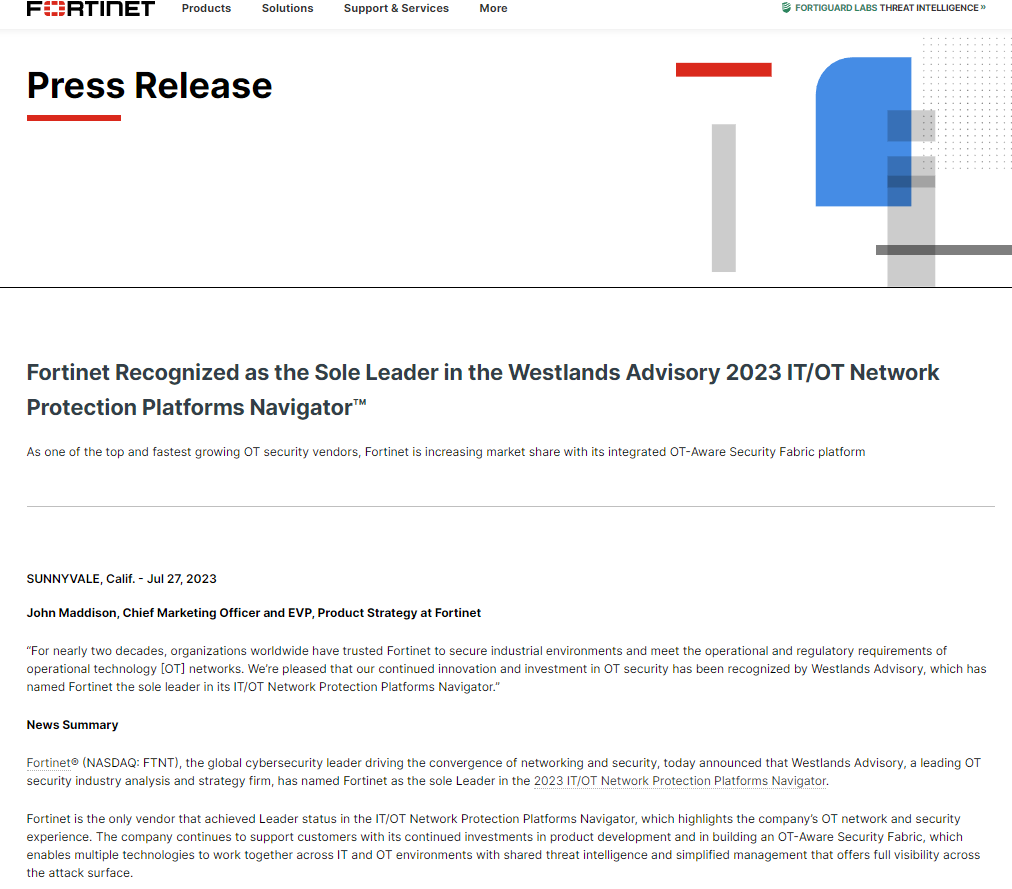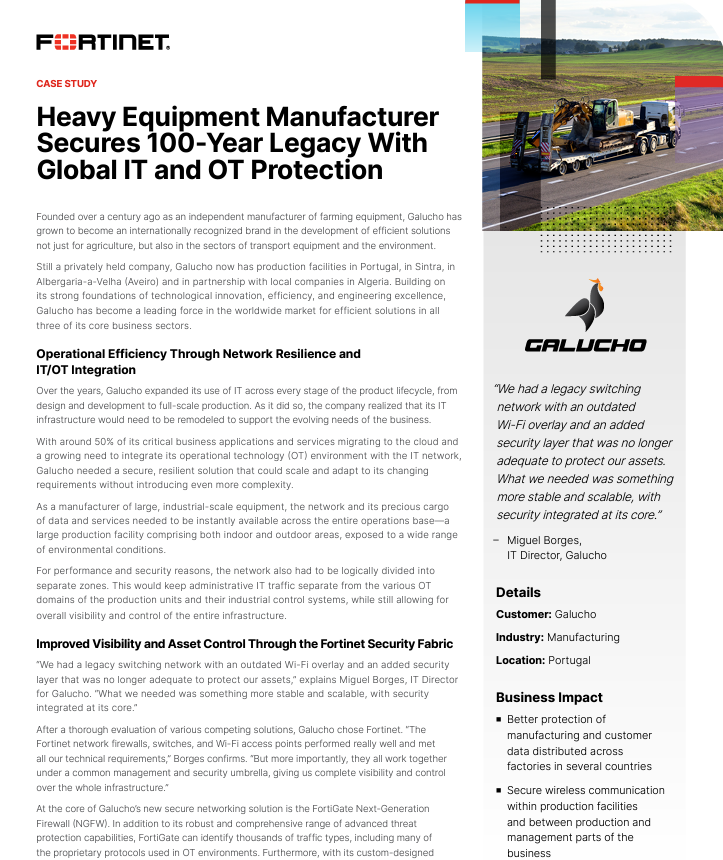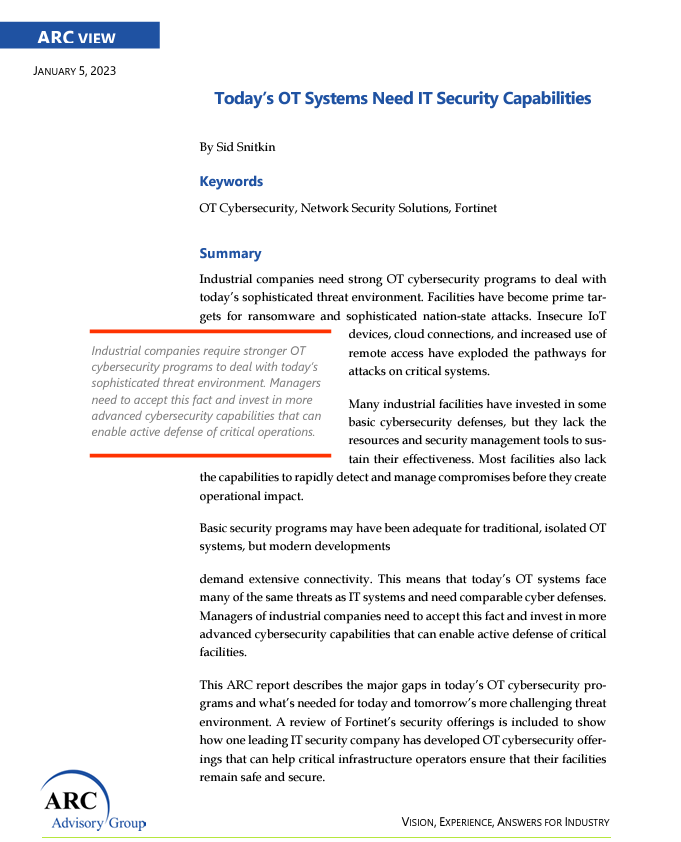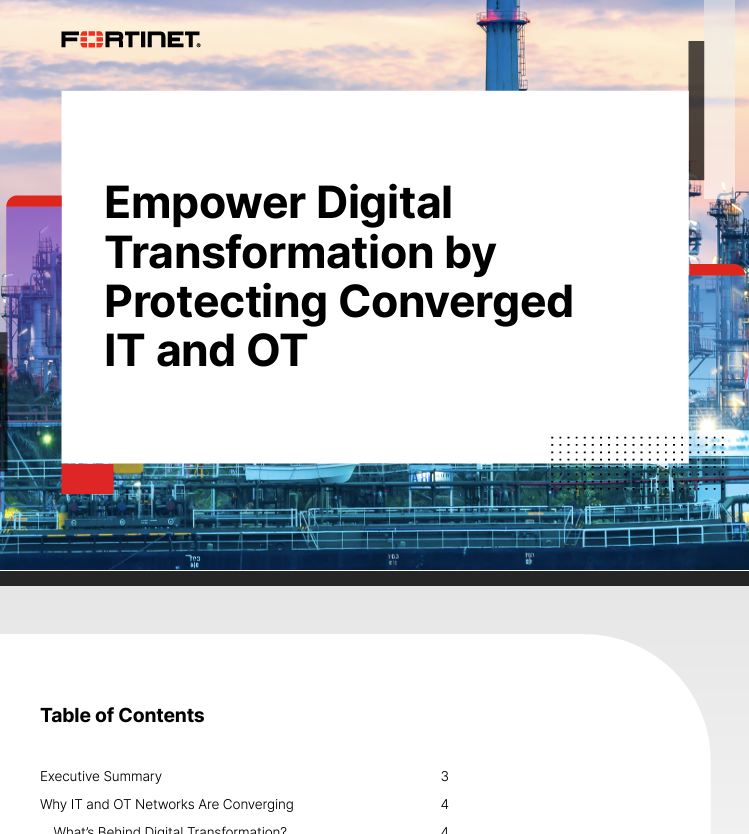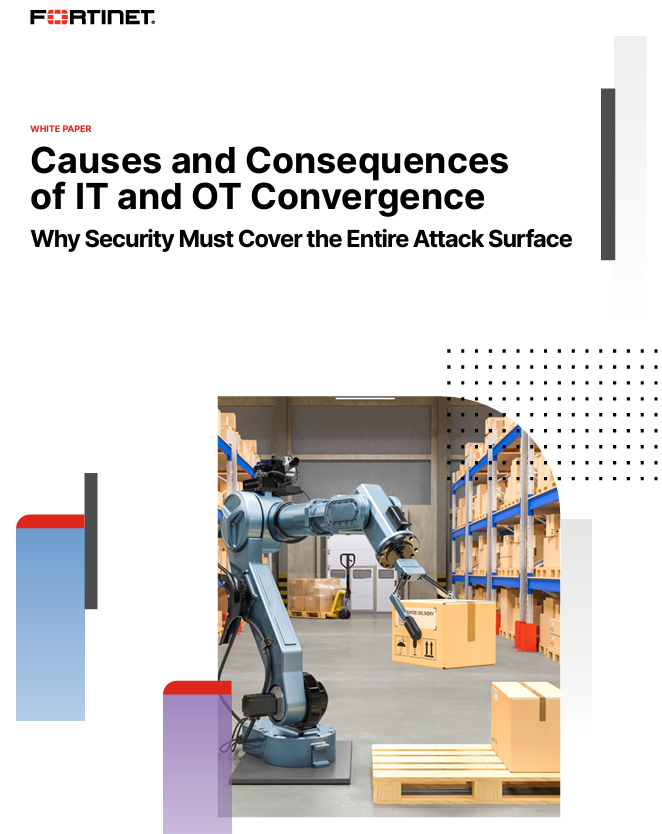Protecting Plant and Manufacturing Operations from the Expanding Attack Surface
Critical Elements of a Sophisticated Security Architecture Even by the standards of technological change, plant operations and manufacturing organizations are experiencing an unprecedented rate of evolution. Many use supervisory control and data acquisition (SCADA) systems to keep industrial processes on track. These systems collect data from sensors, then incorporate that data into industrial control systems

